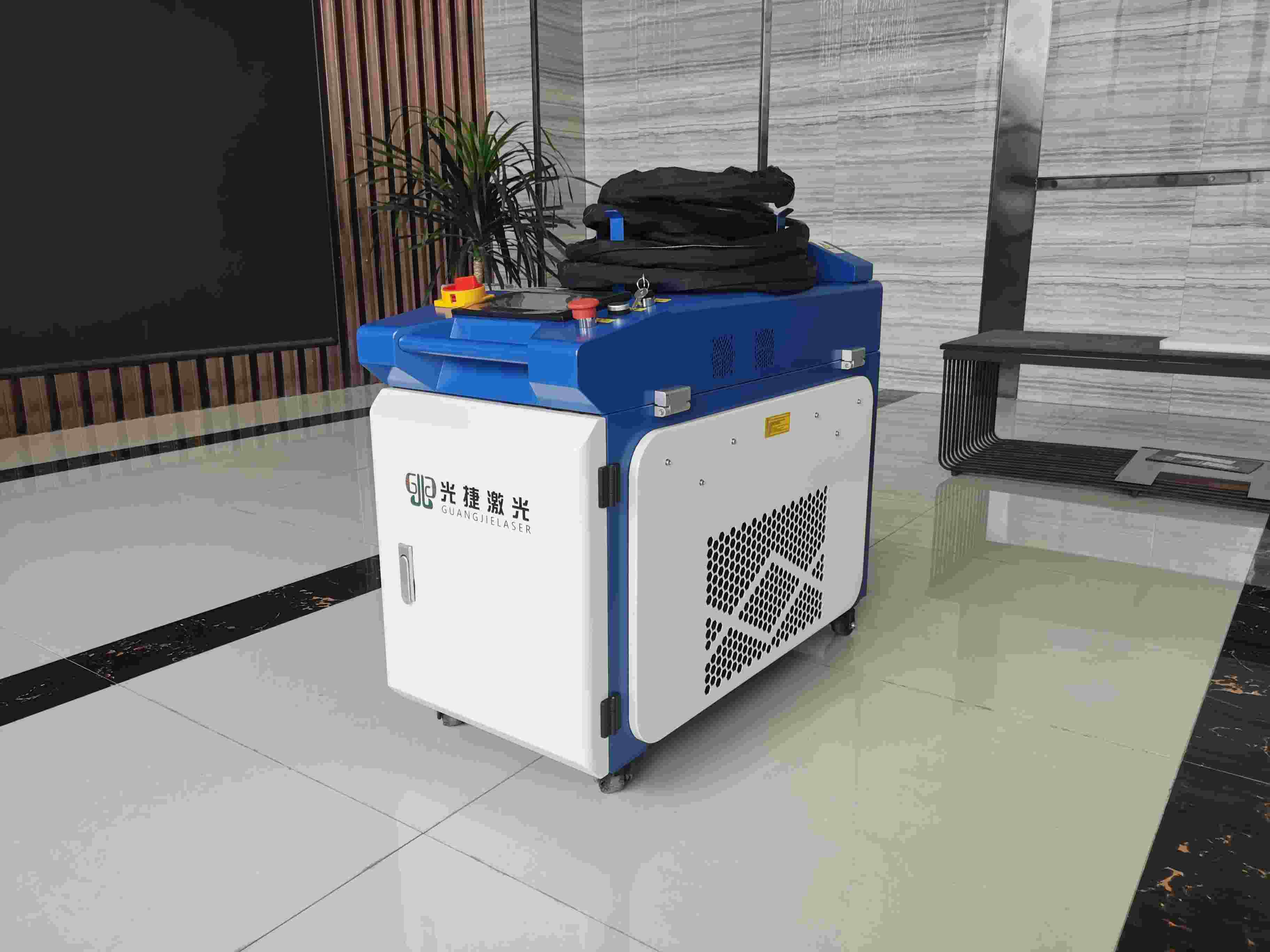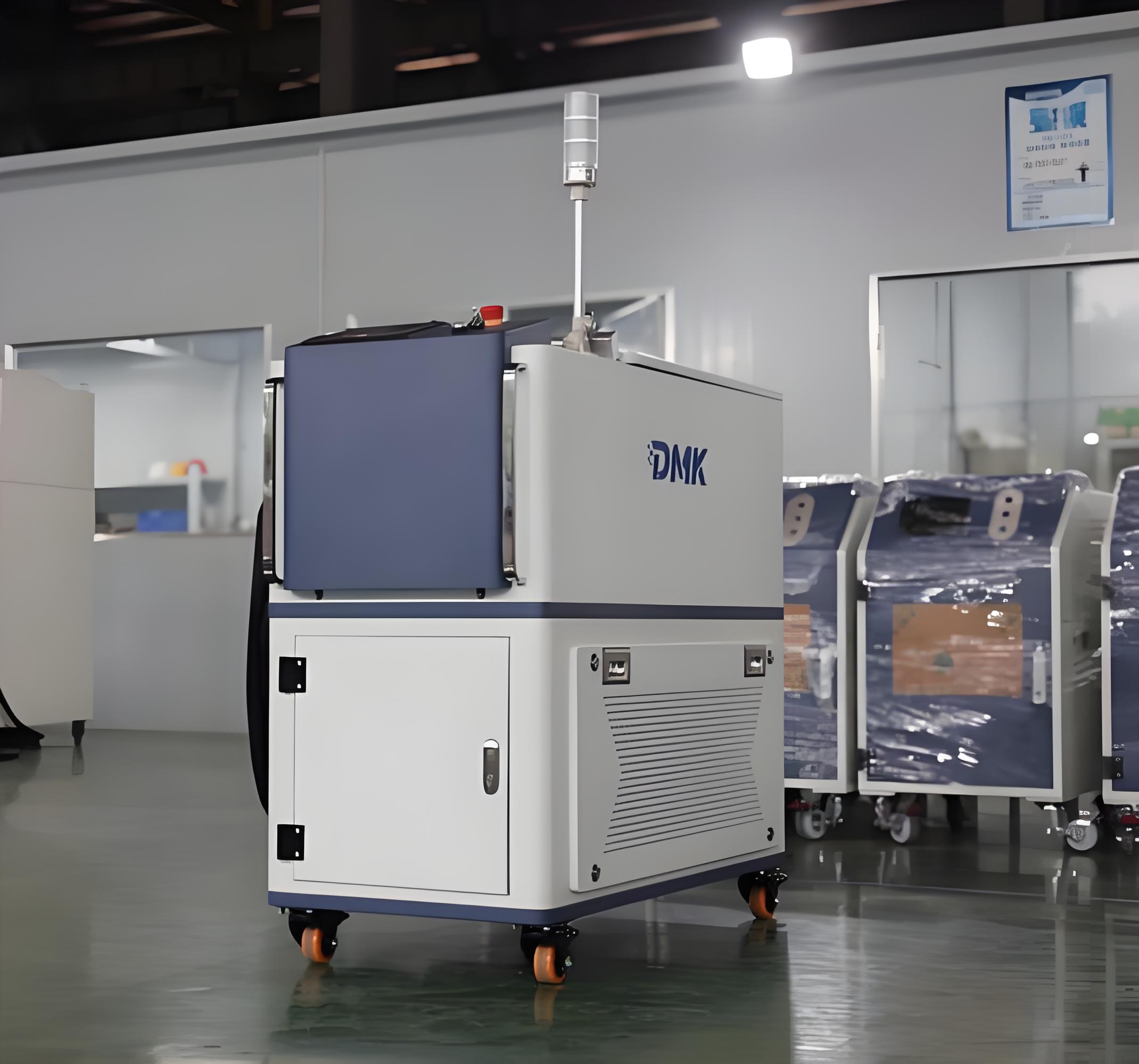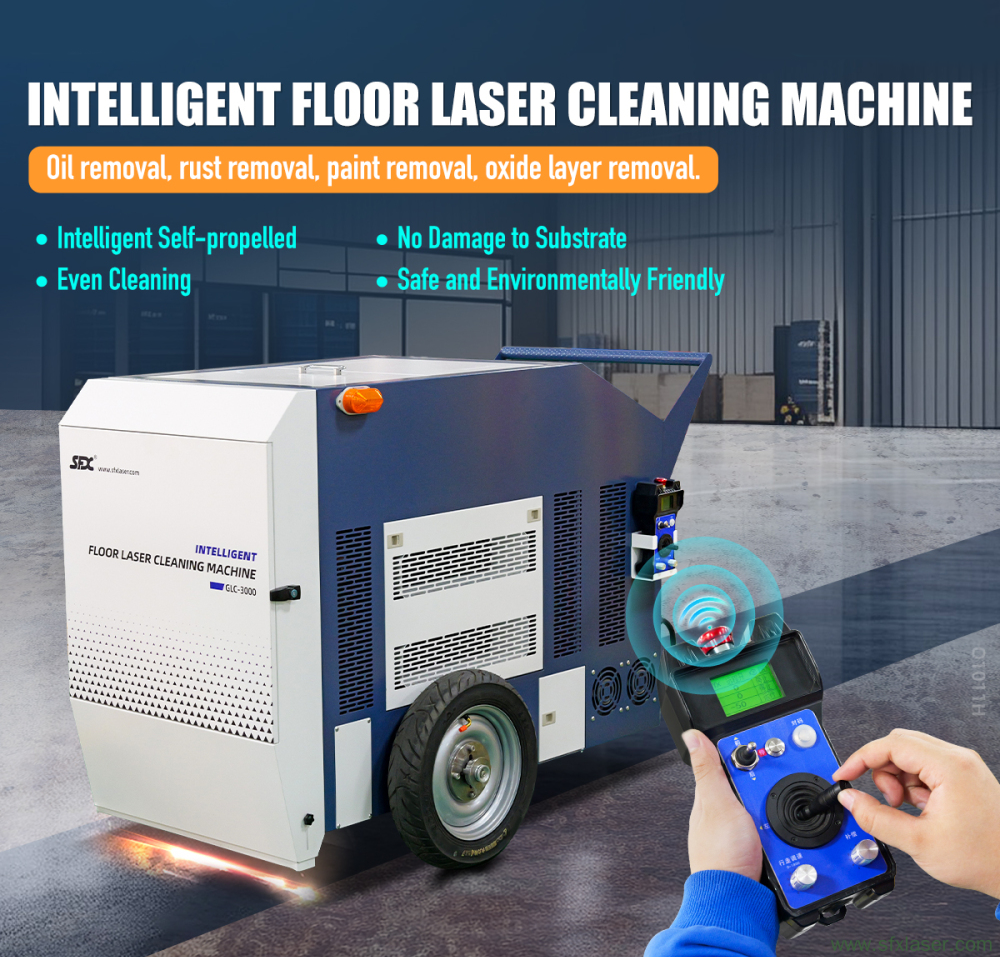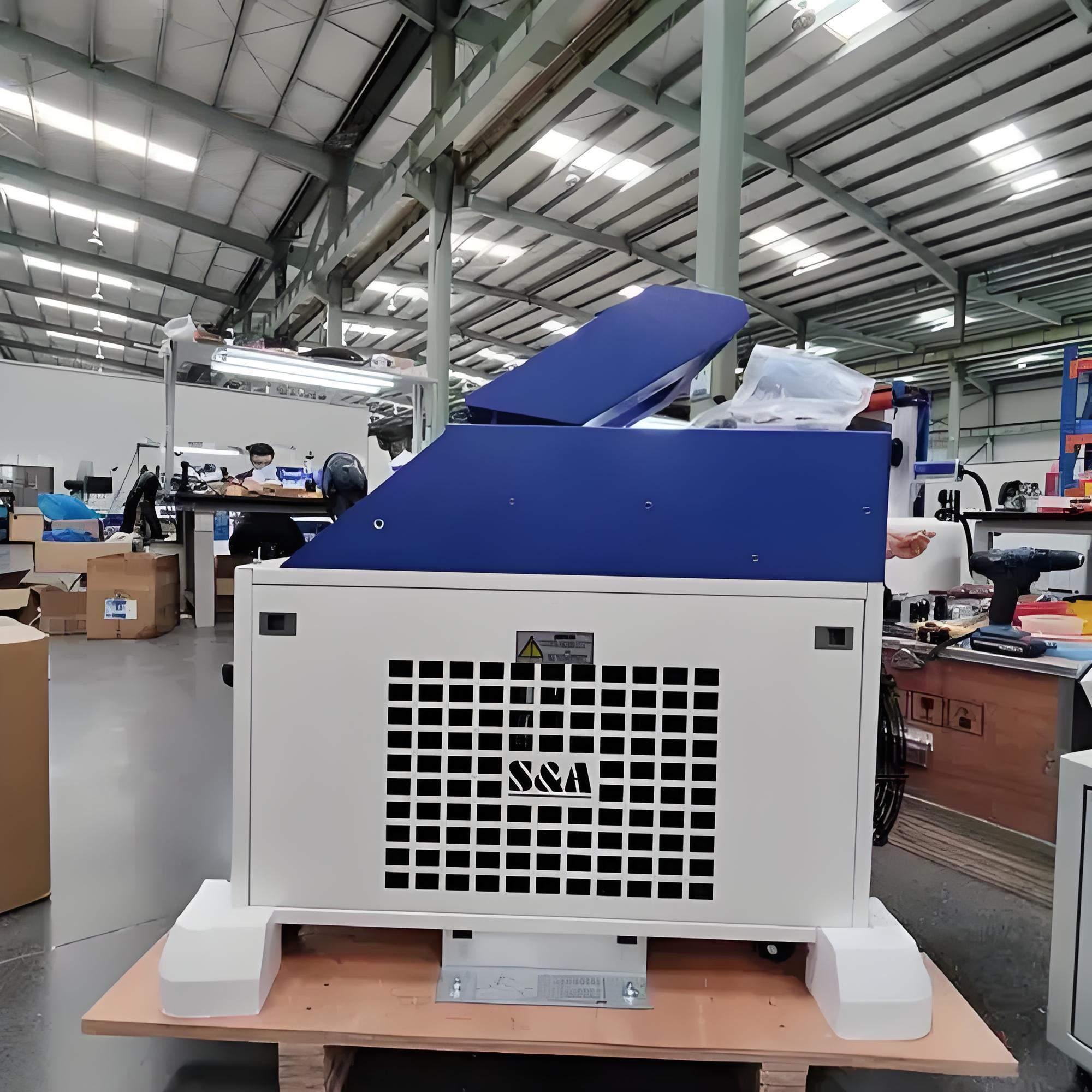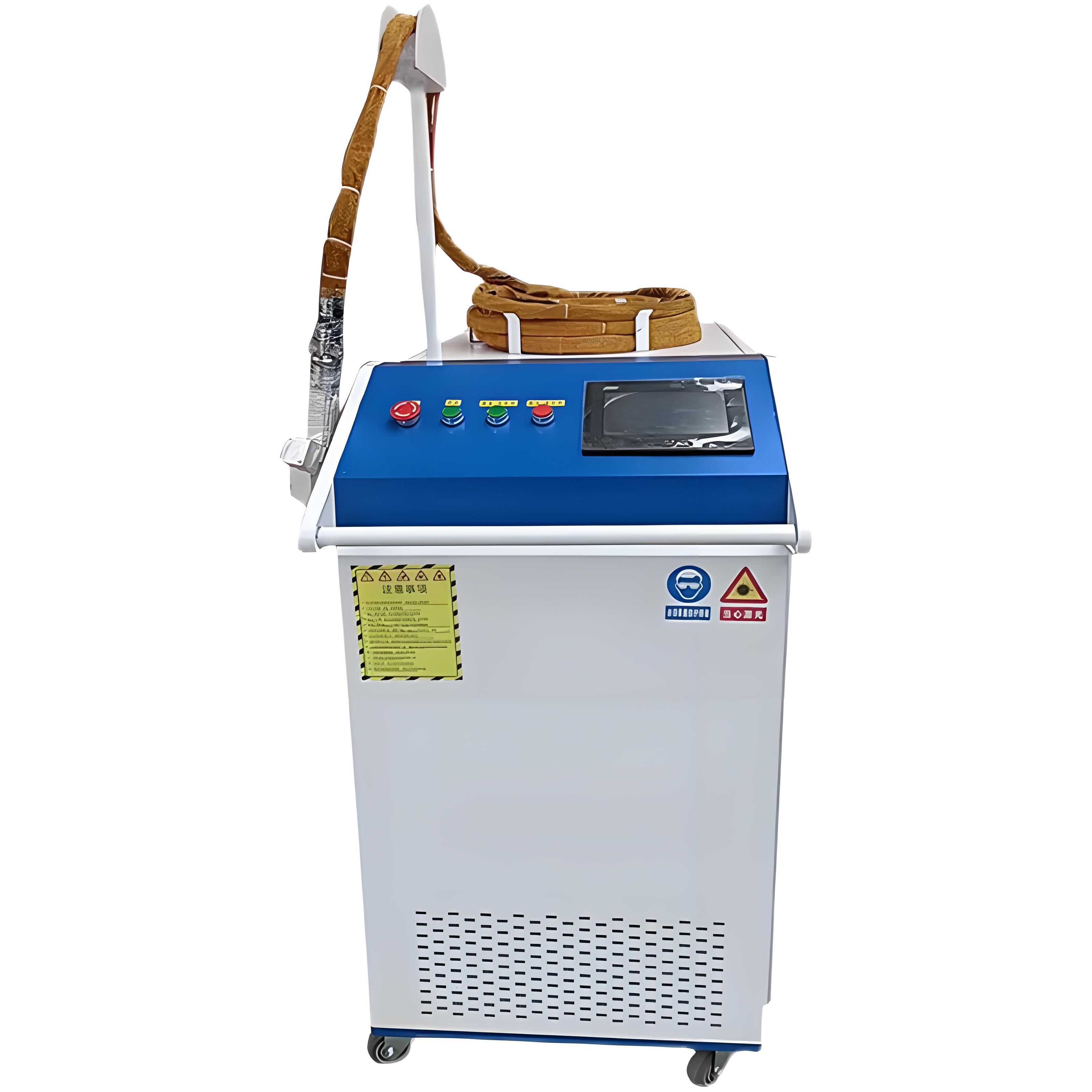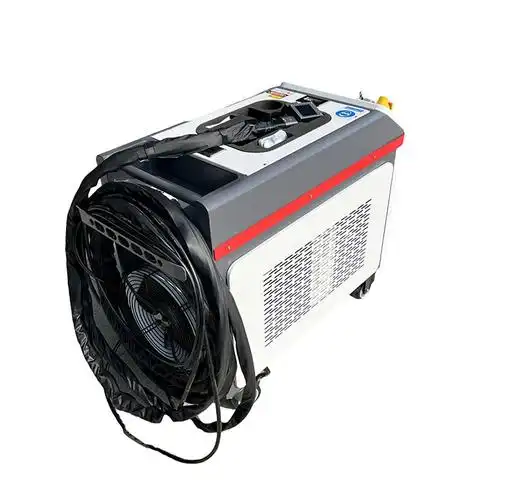Having spent over a decade immersed in industrial surface treatment, I’ve come to appreciate how often people misunderstand laser cleaning. Many imagine it as some sort of magic wand that simply “zaps away” rust. The reality is both more fascinating and more technical. In this article, I’d like to walk you through precisely how a laser cleaning machine interacts with different materials, drawing on real shop-floor experiences and countless customer trials.
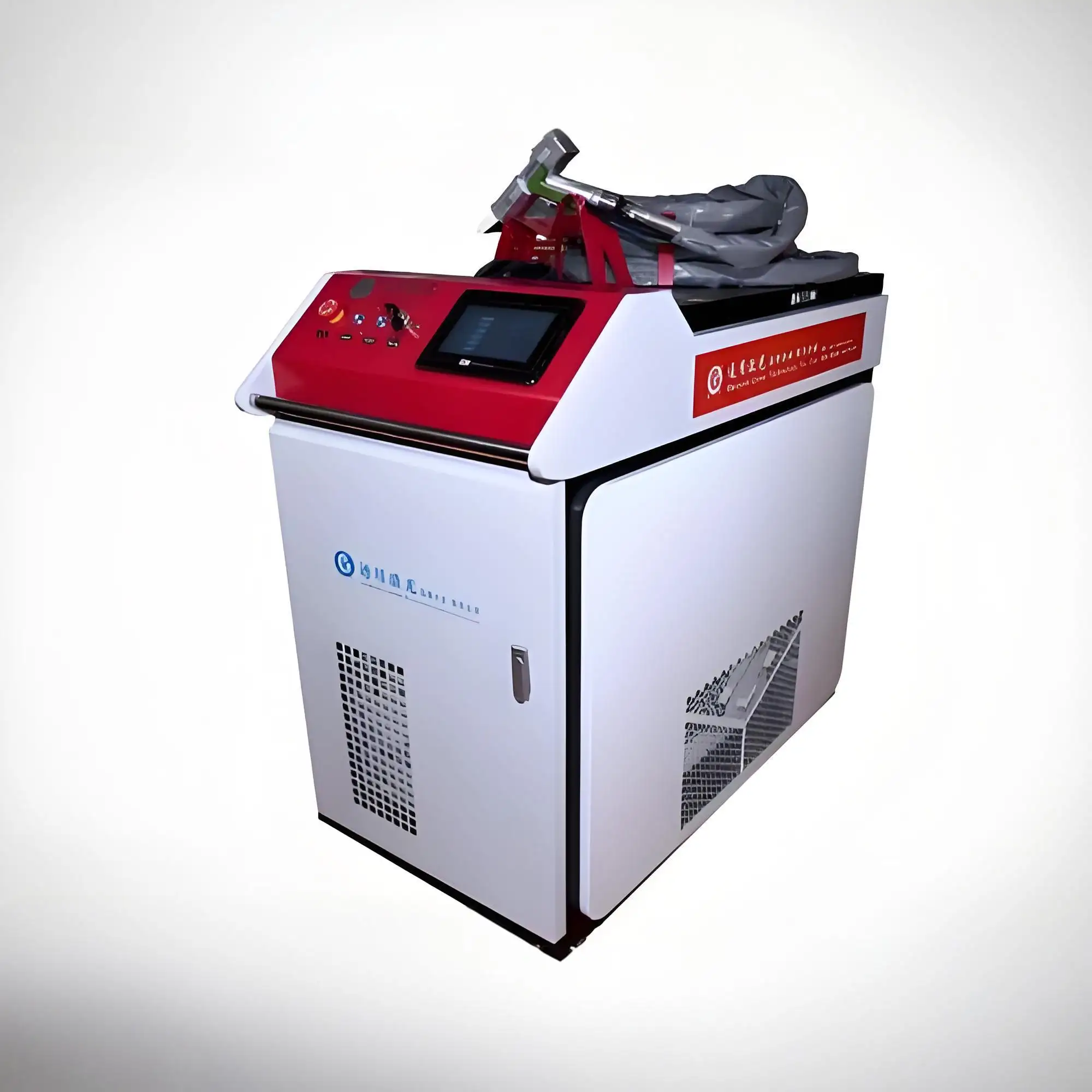
What exactly happens when a laser beam hits your metal?
When we aim a laser cleaning head at a rusty steel plate, a series of carefully controlled micro-events unfolds. Let me break it down in the simplest possible way.
1. Absorption of laser energy
Different materials absorb light differently. Rust (iron oxide) generally absorbs laser energy more readily than the base metal underneath. This is one reason why laser cleaning can selectively remove contaminants without harming the substrate.
The laser emits energy at a specific wavelength (often around 1064 nm for fiber lasers), which is absorbed by the surface layer. That layer rapidly heats up.
2. Rapid thermal expansion and micro-explosions
When that top layer — rust, paint, or oil — heats up, it expands quickly. If it’s a brittle oxide layer, it can’t handle the sudden thermal stress. Tiny micro-cracks form, or in some cases the layer even blasts off in microscopic “explosive” bursts. In technical jargon, we call this thermal ablation and photomechanical shock.
This is the heart of laser cleaning. Unlike grinding or blasting, there’s no physical abrasion, so the underlying metal doesn’t wear away.
3. Plasma generation and light pressure
At higher energy densities, part of the material actually vaporizes, forming a small plasma cloud. This plasma can expand fast enough to physically push debris away from the surface. If you’ve ever seen a laser cleaning video, those little spark showers are partly from this effect.
Why doesn’t it damage the underlying metal?
I’ve often had cautious customers come to my workshop, worrying:
“If the laser is powerful enough to vaporize rust, won’t it cut into my steel too?”
That’s a reasonable concern. But here’s why it typically doesn’t happen:
Different absorption rates: Clean steel reflects more infrared light than rust does, so it absorbs less energy.
Controlled parameters: We set the laser’s power, frequency, and scanning speed so that it only has enough energy to remove the unwanted layer.
Thermal conductivity: The bulk metal beneath quickly dissipates any residual heat, preventing local overheating.
In my experience, even after cleaning hundreds of car molds, injection dies, and structural steel beams, the laser leaves the base material virtually unchanged in geometry.
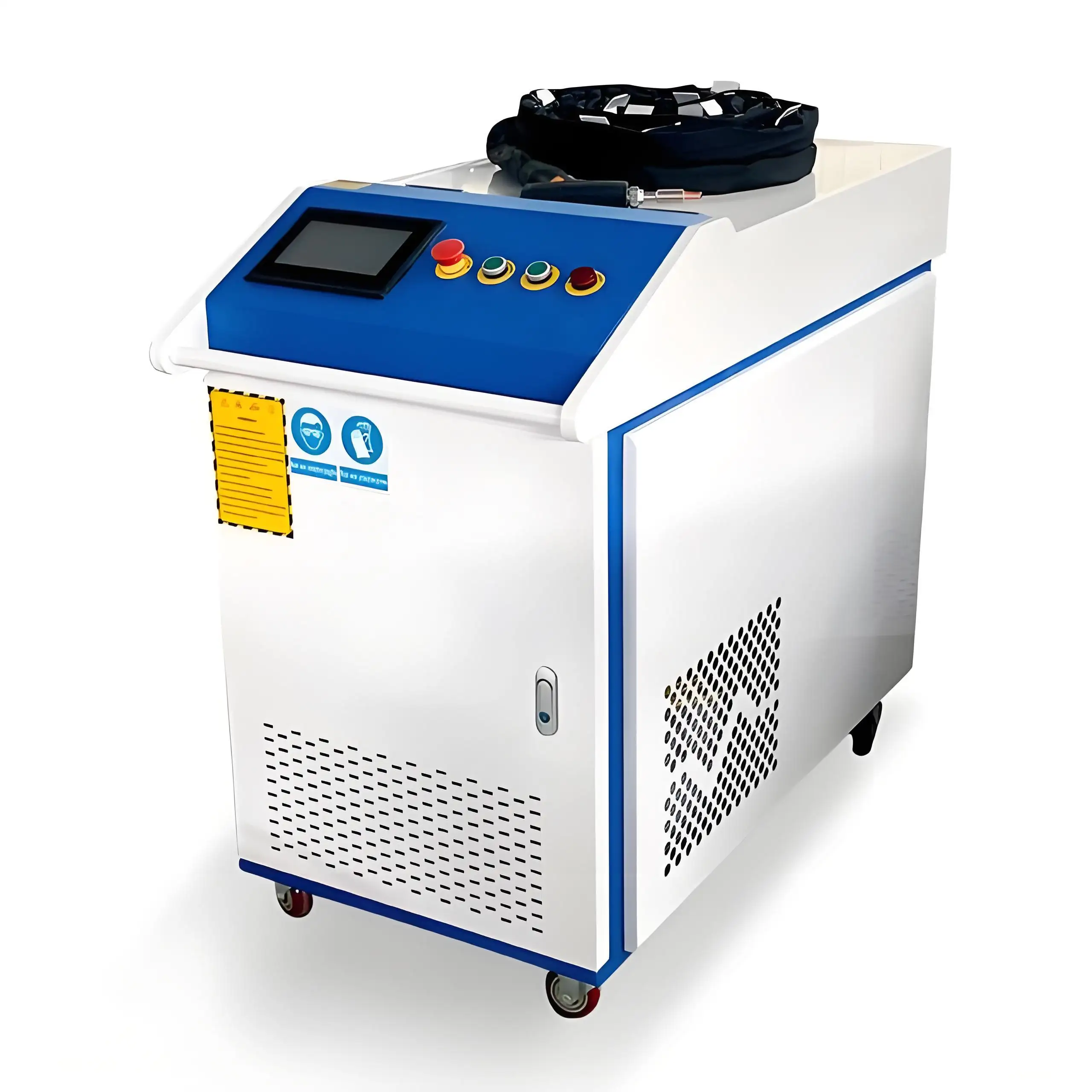
A practical comparison: laser cleaning vs traditional methods
To give you a clearer sense of how laser cleaning stands against the old-school ways, here’s a concise comparison based on my workshop’s day-to-day:
| Method | Cleaning Efficiency | Substrate Damage | Waste / Pollution |
|---|---|---|---|
| Laser Cleaning | High (up to 15 m²/h) | None if set up correctly | Very low (just dust) |
| Sandblasting | Medium-High | Can roughen surface | High (grit waste) |
| Chemical Cleaning | Variable | None, but risk of corrosion | High (chemical disposal) |
Here’s where some folks get tripped up. Not all lasers are created equal. A low-power continuous-wave laser behaves nothing like a pulsed fiber laser.
Key parameters that influence laser-material interaction:
Wavelength: Most industrial laser cleaners use ~1064 nm (near-infrared). It’s well absorbed by rust, paint, oil, but not so strongly by many metals. This selective absorption is crucial.
Pulse duration: Short pulses (nanoseconds to picoseconds) deliver energy so quickly that the contaminant layer explodes off before heat can flow into the metal.
Energy density (fluence): Too low, and nothing happens. Too high, and you risk melting the substrate. Proper calibration ensures you’re in the “cleaning window.”
When customers send samples to our lab, we always adjust these parameters to find the sweet spot.
The benefits go beyond just removing rust
I’ve seen customers’ eyes light up when they realize that after laser cleaning, the surface isn’t just rust-free — it’s also slightly roughened at a microscopic level. This is great for paint adhesion or welding prep. There’s no embedded grit, no chemical residues. For many industries (like aerospace or mold repair), this is a huge plus.
A few cautionary notes
I wouldn’t be honest if I painted it as a miracle tool with zero downsides. Here are some practical pointers from my own field projects:
Reflective surfaces can require extra care. Highly polished aluminum may reflect too much energy, making cleaning less efficient and increasing the risk of stray beams.
Ventilation matters. Vaporized particles can be hazardous, especially if cleaning lead paint or certain polymers. Always pair your laser with a good fume extractor.
Training is key. A skilled operator can dial in parameters that clean perfectly. An untrained hand might either do nothing — or accidentally leave heat marks.
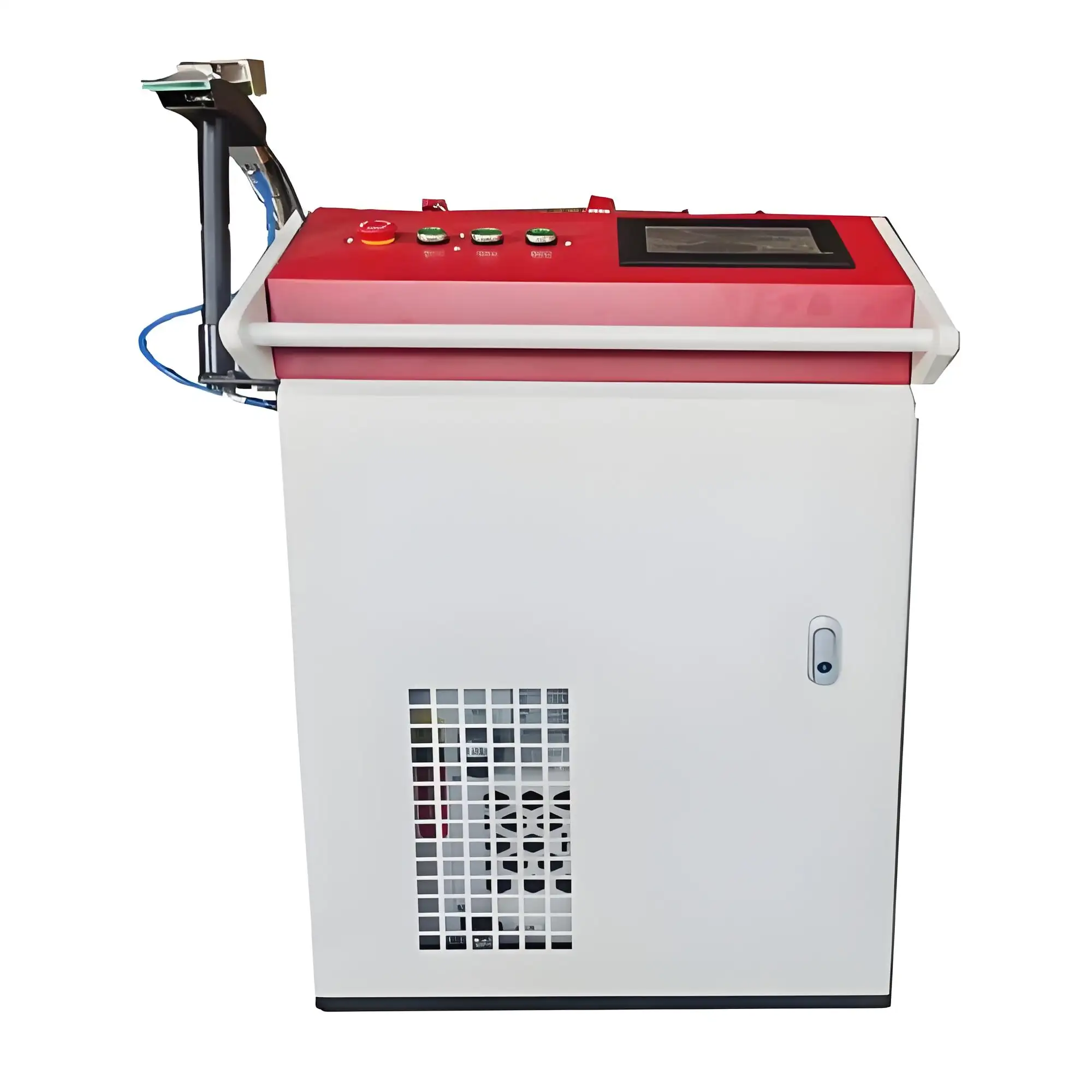
In conclusion
From my years working on everything from heavy-duty ship hulls to delicate heritage statues, I’ve come to appreciate the precision and elegance of laser cleaning. It’s a remarkable technology that harnesses light to gently but effectively interact with materials, stripping away the unwanted while preserving what matters.
If you’re considering adopting it, I always recommend starting with sample tests. That way you can see firsthand how it performs on your specific material and build trust in the process.
Related Q&A to help you further
Q: Will laser cleaning weaken my metal parts over time?
No. Unlike grinding or blasting, laser cleaning doesn’t remove any of the base metal when properly configured. It only targets surface contaminants.
Q: Can it clean inside grooves or tight corners?
Laser beams are line-of-sight tools. Very narrow crevices may require adjusting the scan angle or using manual handheld systems to direct the beam.
Q: Does it work on non-metals?
Yes, with care. We’ve cleaned carbon fiber molds, stone sculptures, even wood. But each material needs tailored parameters to avoid damage.
Q: Is laser cleaning more expensive than traditional methods?
Initial machine costs are higher. However, there are no ongoing costs for abrasives or chemicals, minimal labor, and often better throughput. Many businesses see ROI within a year.

